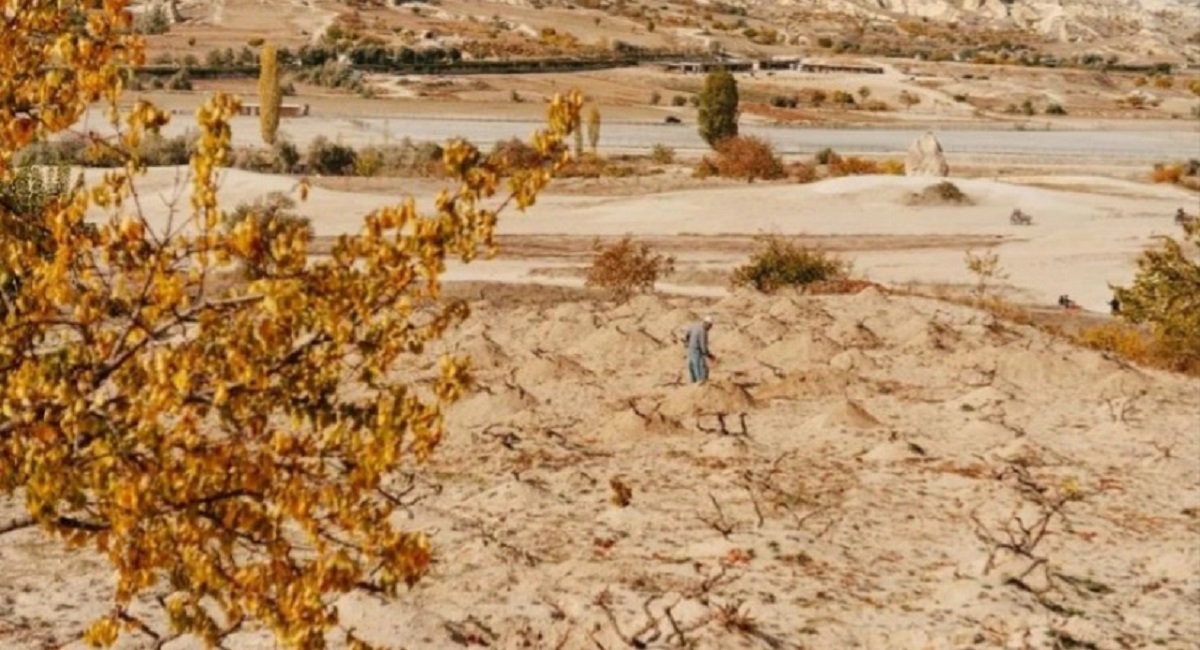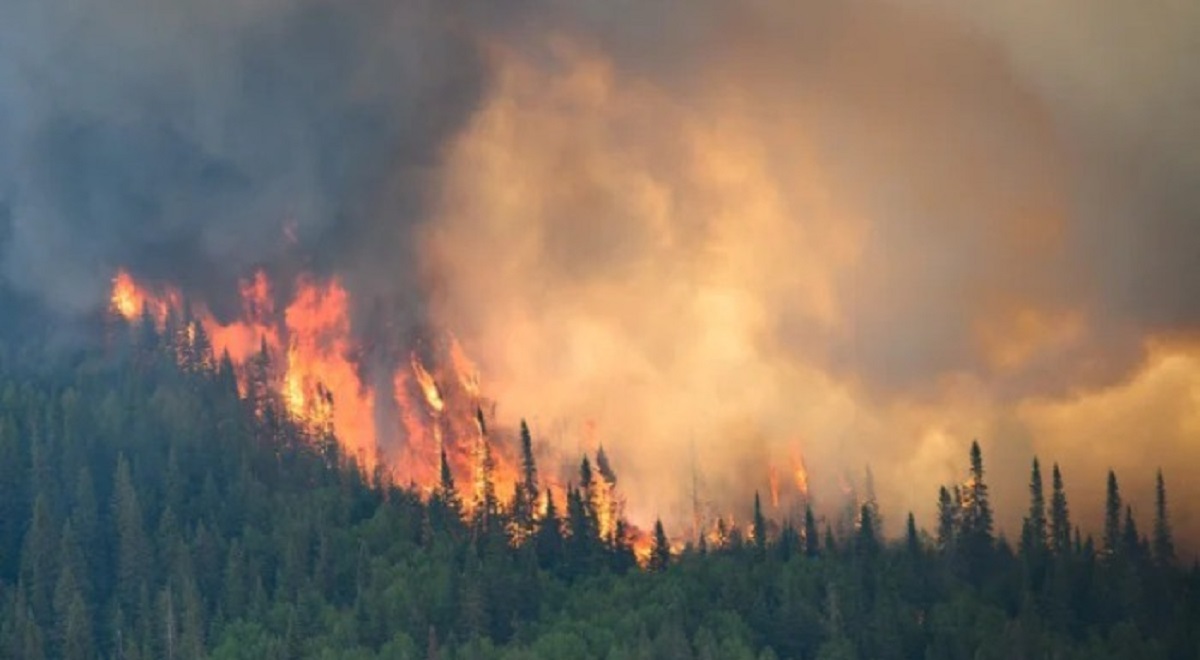Iran is currently grappling with its fifth consecutive year of drought, culminating in an acute water crisis that threatens major urban centers, including the capital, Tehran, home to over 10 million people. Climate experts warn that if significant rainfall doesn’t arrive by December, emergency rationing and large-scale evacuations of parts of the capital may become necessary.
The crisis is the result of a long-term combination of climate-change-induced frequent droughts with increasing evaporation rates, coupled with unsustainable domestic policies. Critically, agriculture consumes over 90% of Iran’s water, with irrigation-intensive crops straining scarce resources and contributing to high internal migration rates toward already stressed cities.
This environmental and socio-economic stress highlights a chronic water management failure across the wider Euphrates and Tigris basin, compounding broader economic challenges for the region.




